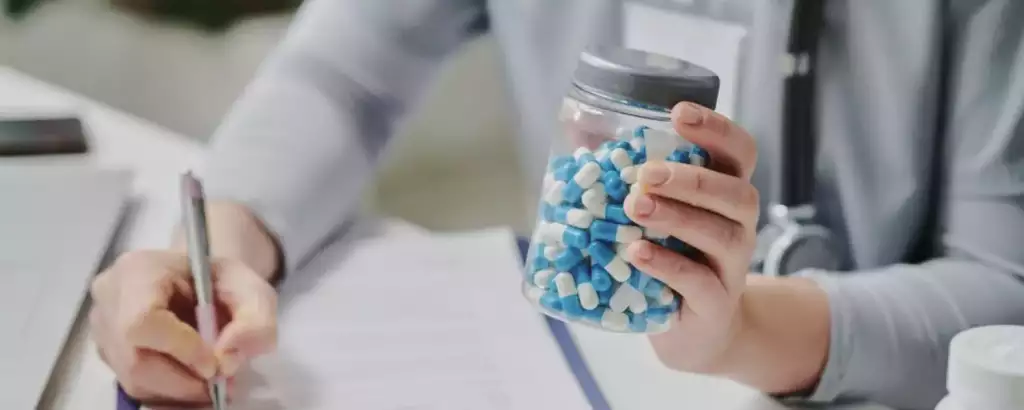As America’s opioid crisis rages on, the consequences of abusing drugs like heroin, morphine, and fentanyl become more and more clear—46 people die each day from prescription painkiller overdoses.
Fentanyl, in particular, has risen in popularity amongst those who abuse drugs. According to the National Institute on Drug Abuse, 59% of deaths related to opioid abuse involved fentanyl in 2017, a number which has risen substantially from 14.3% in 2010.
What is Fentanyl?
A synthetic opioid as much as one hundred times more powerful than morphine, fentanyl is the generic name for a drug sometimes used in a closely monitored medical setting. Its incredible strength as a pain reliever makes fentanyl the ideal medication for those suffering from severe pain, including the excruciating side effects of advanced stage cancer.
Why is Fentanyl Abused?
Like other opiates, fentanyl is in demand amongst users of illegal drugs due to its similarity to heroin. Its potency also makes it a popular choice amongst those addicted to opiates. As a result, fentanyl and over a thousand of its analogs are often manufactured illegally and sold to those who would abuse the drug for reasons not medically approved. In other cases, drug traffickers acquire fentanyl from medical facilities or purchase from those who have obtained a legal prescription.
Why, exactly, is fentanyl so popular amongst users of illegal drugs, and why is it so addicting? It’s all in the science and the way that fentanyl acts on receptors in the brain.
By binding to opioid receptors located in the brain and powerfully activating these receptors, fentanyl prompts a dopamine release that results in a feeling of euphoria for the user. It is this euphoria which often results in a need for more and more of the same drug, with repeated use frequently leading to addiction.
Signs and Effects of Fentanyl Abuse
Most of fentanyl’s side effects are common to other opiates and include:
- Trouble breathing
- Weakness
- Drowsiness and lethargy
- Nausea and vomiting
- Dizziness
- Headaches
In many cases, fentanyl abuse has led to death via respiratory arrest. Like heroin and other opiates, one of fentanyl’s more dangerous side effects includes a decreased respiratory rate, which can lead to shortness of breath and difficulty breathing. Because of fentanyl’s extreme potency, it is capable of inducing respiratory arrest at an even smaller dose than heroin.
Notably, fentanyl has increasingly found its way into heroin supplies within drug trafficking circles, resulting in the deaths of unsuspecting individuals who may not even know that they are using fentanyl.
Treating Fentanyl Addiction
Luckily, there are ways to safely treat fentanyl addiction and overdoses. A drug called naloxone acts as an opioid antagonist within the brain and should be used immediately upon recognition of a fentanyl overdose.
However, long-term withdrawal from powerful opiate medications carries risks of its own and should only be attempted in a medical setting.
If you suspect that you or someone you know may be struggling with an addiction to fentanyl, reach out to a medical professional for addiction treatment such as Nova Vitae Treatment Center. Licensed healthcare workers can help those struggling with fentanyl abuse to detox and recover safely.












